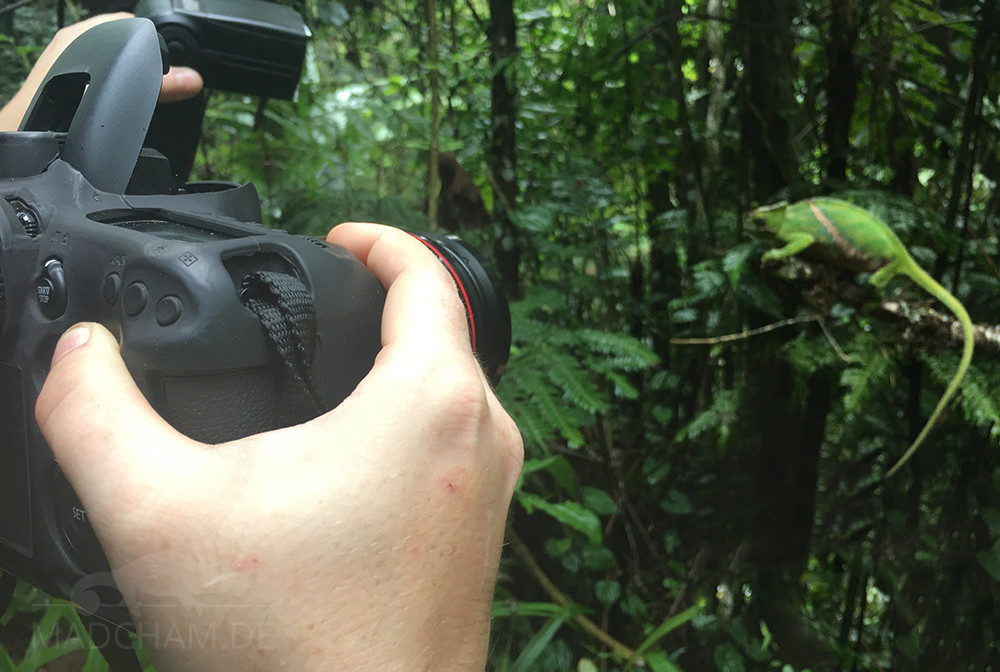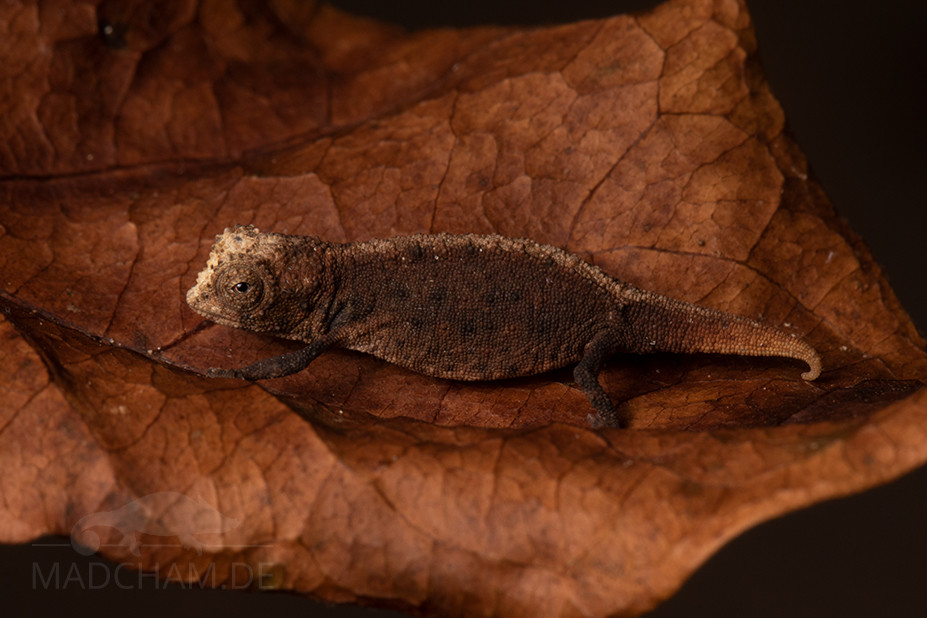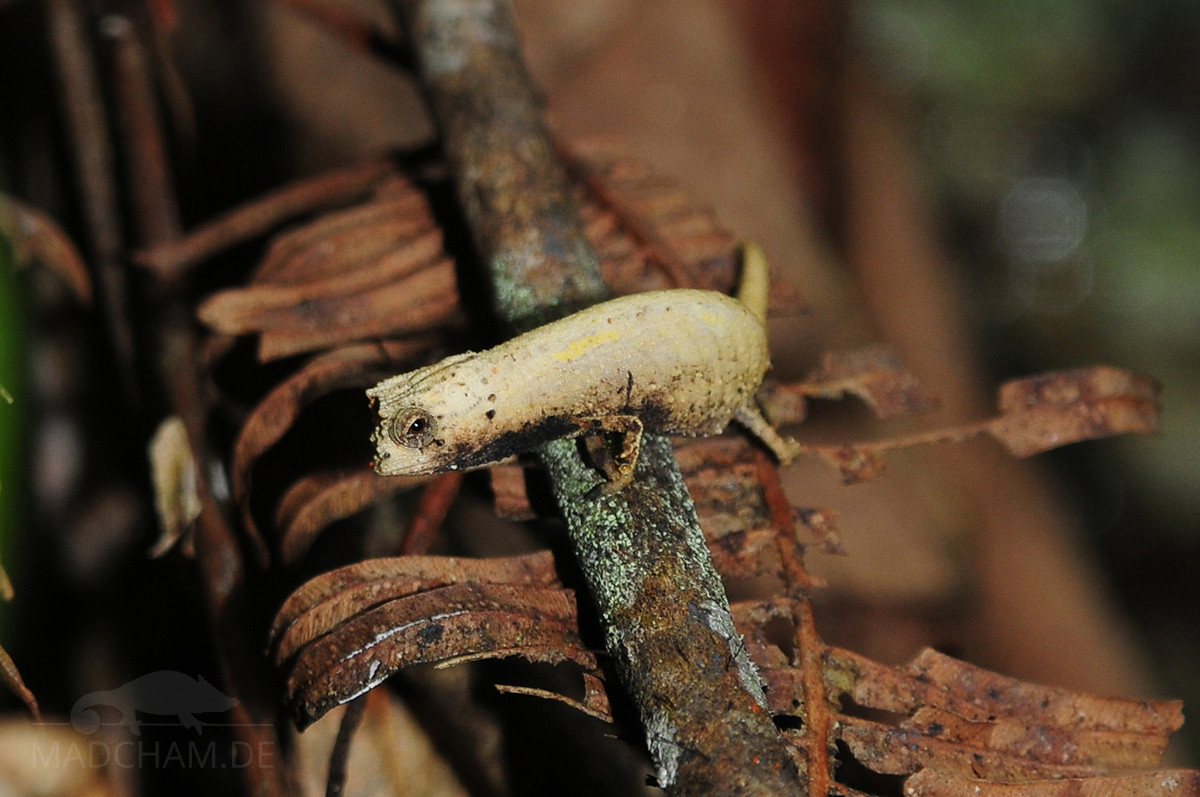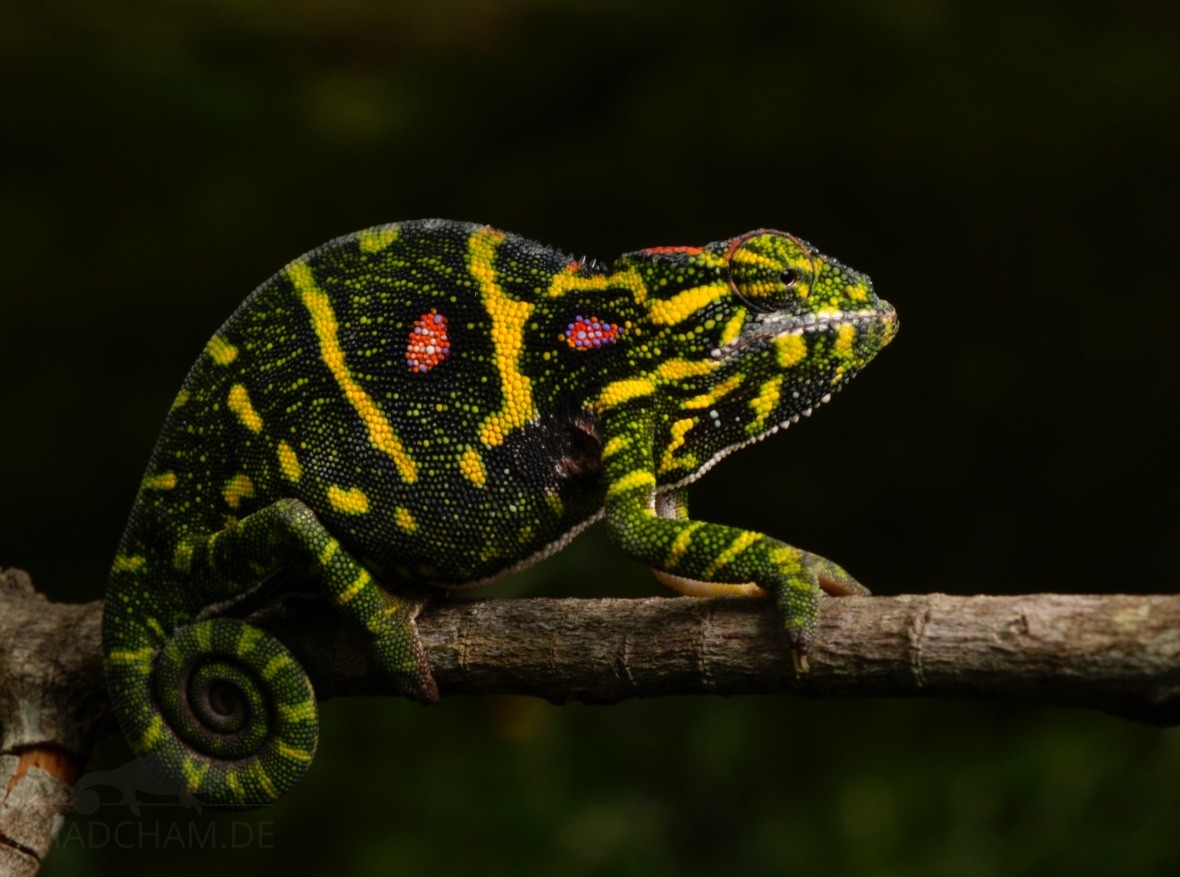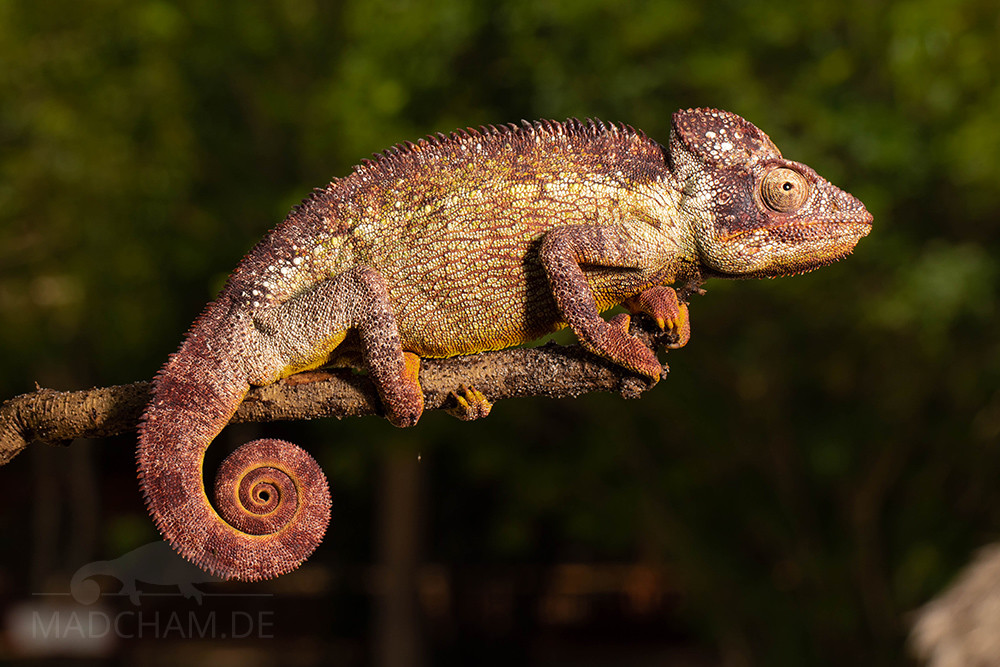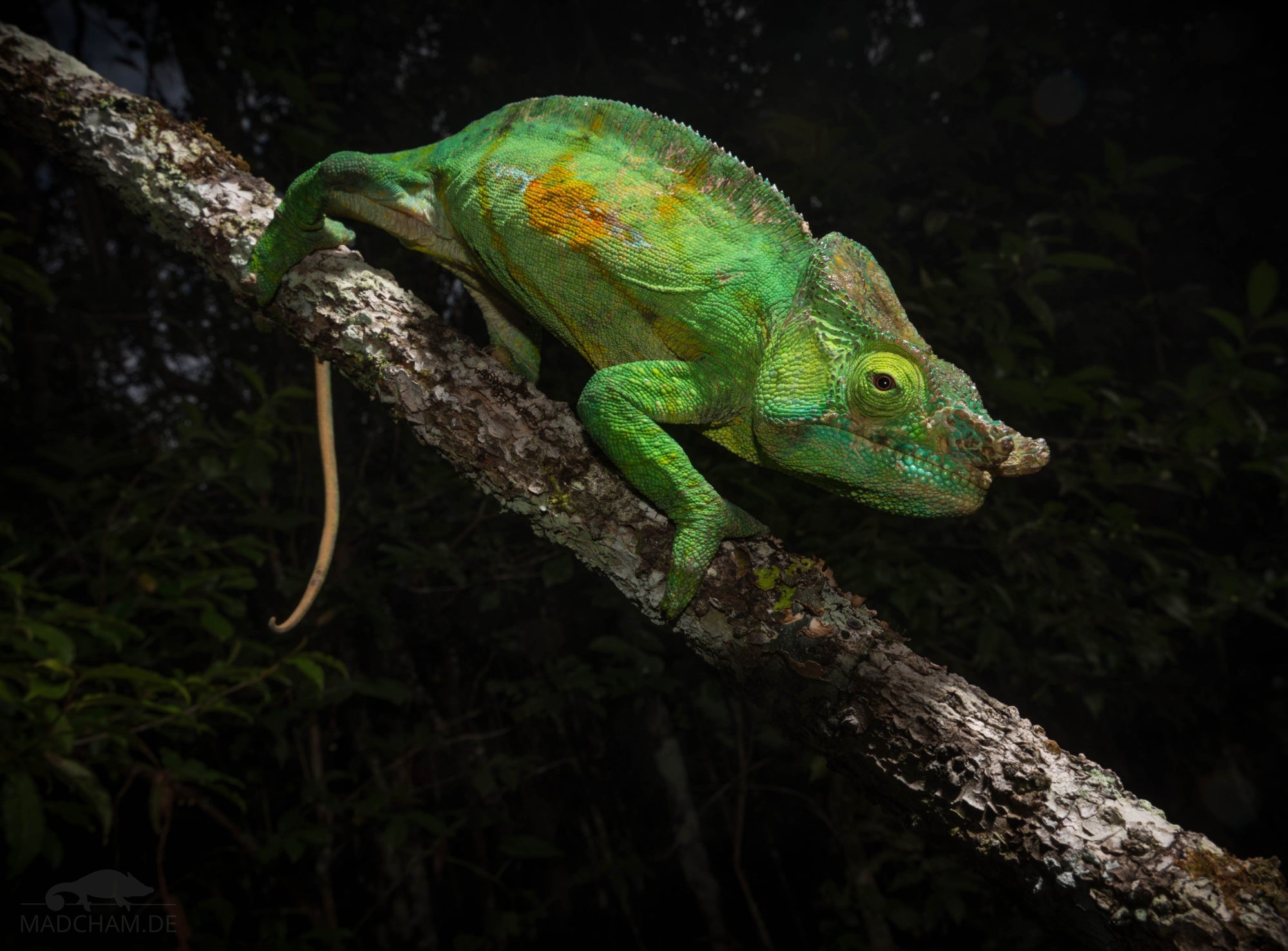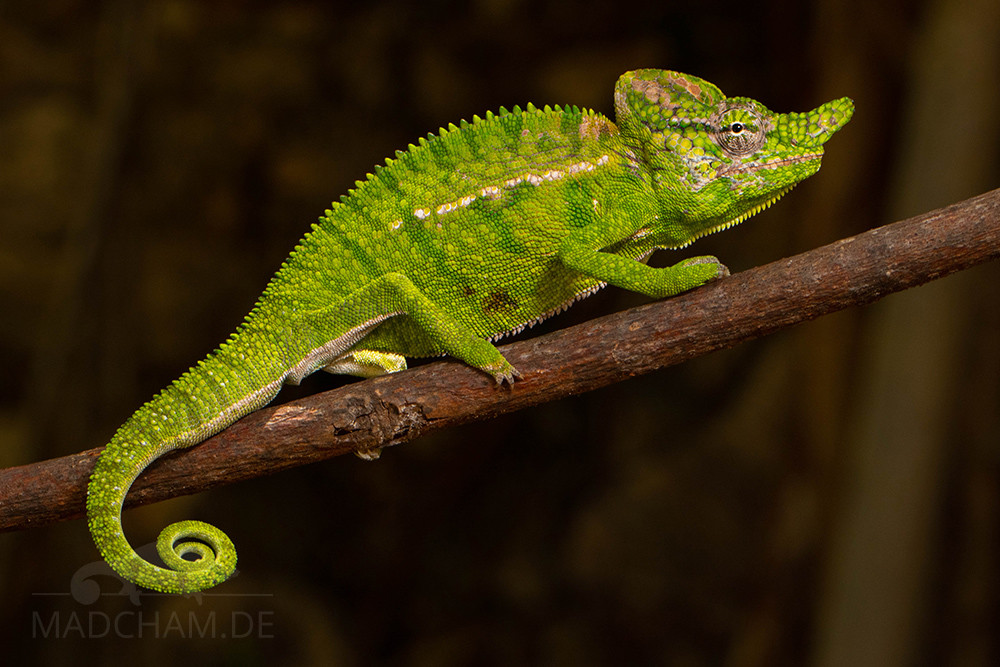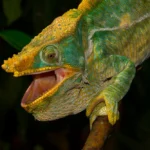Photographing chameleons
Photographing chameleons in their natural habitat is not only exciting but also a lot of fun. Not least through the passion for chameleons and photography, this website was created! Therefore, there is now a...
Brookesia confidens
First description: Glaw, Köhler, Townsend, Vences 2012 Origin of the species name: Frank Glaw of the Zoologic State Collection Munich (Germany), Jörn Köhler of the Hessian State Museum Darmstadt (Germany), Ted Townsend of the...
Brookesia micra
First description: Glaw, Köhler, Townsend, Vences 2012 Origin of the species name: Frank Glaw of the State Zoological Collection Munich (Germany), Jörn Köhler of the Hessian State Museum Darmstadt (Germany), Ted Townsend of the...
Brookesia ramanantsoai
First description: Brygoo & Domergue, 1975 Origin of the species name: Édouard-Raoul Brygoo (later working at the Natural History Museum in Paris, France) and Charles Antoine Domergue of the then Institut Pasteur in Antananarivo,...
Furcifer minor
First descriptions: (Günther, 1879) Origin of the species name: The German zoologist Albert Carl Ludwig Gotthilf Günther, then director of the Zoological Department of the Natural History Museum of London (Great Britain), received a...
Furcifer oustaleti
First description: (Mocquard, 1894) Origin of the species name: The zoologist François Mocquard of the Natural History Museum in Paris (France) received chameleons in the 1890s from M. Catat, the entomologist Charles Alluaud and...
Calumma parsonii cristifer
First description: (Methuen & Hewitt, 1913) Origin of the species name: The English zoologist Paul Ayshford Methuen, 4th Baron Methuen, and the South African zoologist John Hewitt gave this subspecies of the Parsons Chameleon...
Furcifer voeltzkowi
First description: Boettger, 1893 Origin of the species name: The paleontologist Oskar Böttger, then curator of the Senckenberg Museum in Frankfurt am Main, dedicated this chameleon species to the German zoologist Alfred Voeltzkow....

